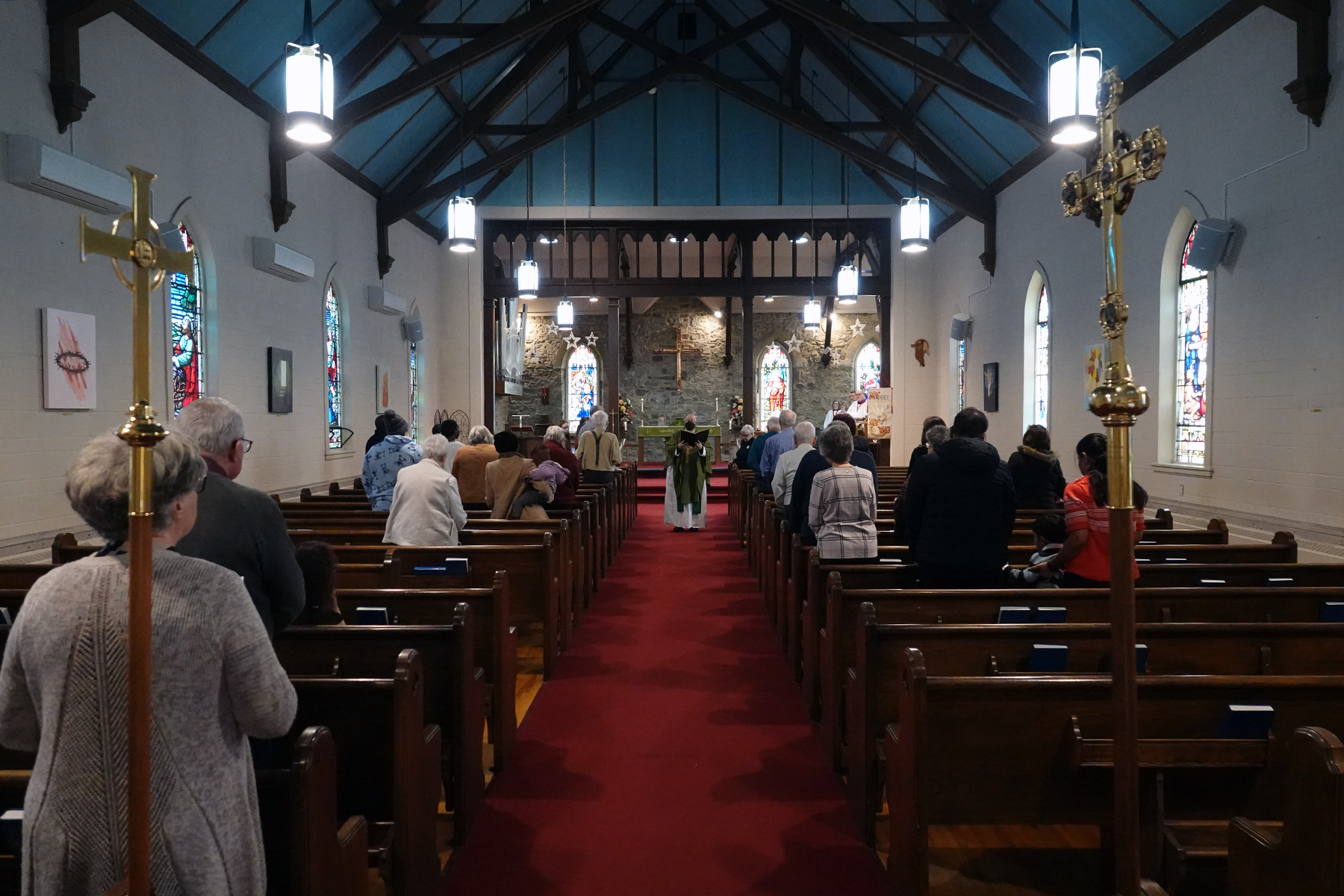Our weekly service of Sunday Prayers will be live-streamed to Facebook at 9:30. You don’t need to have a Facebook account to watch and pray along!
Our Director of Music will offer music for individual prayer and preparation, and the service will begin at 9:30. You can find the order of service here to participate fully.

This coming Sunday is the Fourth Sunday in Lent. It’s the midway point, and has a couple of different names. One of the oldest is Laetare Sunday. The Eucharist began each week with an introit–a couple of verses from scripture. Laetare is the Latin word for “rejoice” that was the beginning of the introit for this Sunday, and so it came to be seen as a day off from the Lenten fast. In some places, the clergy would wear rose-coloured vestments, so it’s also sometimes called Rose Sunday.
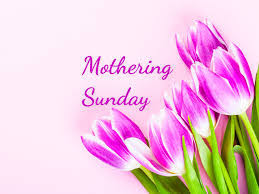
Another name for this day is Mothering Sunday. In the 1600s and following, people would go “mothering” on the fourth Sunday in Lent: they’d make a special trip to services at the parish where they were baptized, or to the Cathedral as the mother-church of the diocese they lived in. Later, it became a day off for all servants to go to church with their mothers.
Mothering Sunday grew in popularity in the twentieth century, probably due in large part to a reaction against the new-fangled American “Mothers’ Day” in May. Constance Adelaide Smith worked tirelessly to encourage Mothering Sunday. In 1913, she published a play called In Praise of Mother: A story of Mothering Sunday. Her 1915 book A Short History of Mothering Sunday was published with multiple editions!
Smith’s most influential work was a booklet called The Revival of Mothering Sunday, published in 1921. She was a high-church Anglican, perhaps from her early days; her father was a priest, and all four of her brothers became priests! That Anglo-Catholic viewpoint shows through her writing. Mothering Sunday was a day to honour:
- Mother Church
- ‘mothers of earthly homes’
- Mary, mother of Jesus
- Mother Nature
It’s a day meant to be about more than child-rearing. By the time Smith died in 1938, Mothering Sunday was observed in every parish in Britain and in every country of the Commonwealth.

There’s a natural alignment with this day and the Mothers’ Union, an international charity founded in 1876 by Mary Sumner. When her first grandchild was born, she remembered the difficulties she’d had when her first child was born. She founded the Mothers’ Union as an organization where mothers of all socio-economic statuses could provide support for one another and be ‘trained in motherhood’–which Sumner saw as a true and important vocation.
The Mothers’ Union has grown in its focus and membership over the years! No longer limited to mothers, it includes people of all genders who share a vision of “a world where everyone prospers. We actively pursue this vision through prayer and action, helping to build confident people and resilient communities. Our movement seeks to bring about justice, challenge prejudice and advocate change.”
You can learn more about the Mothers’ Union on their website.
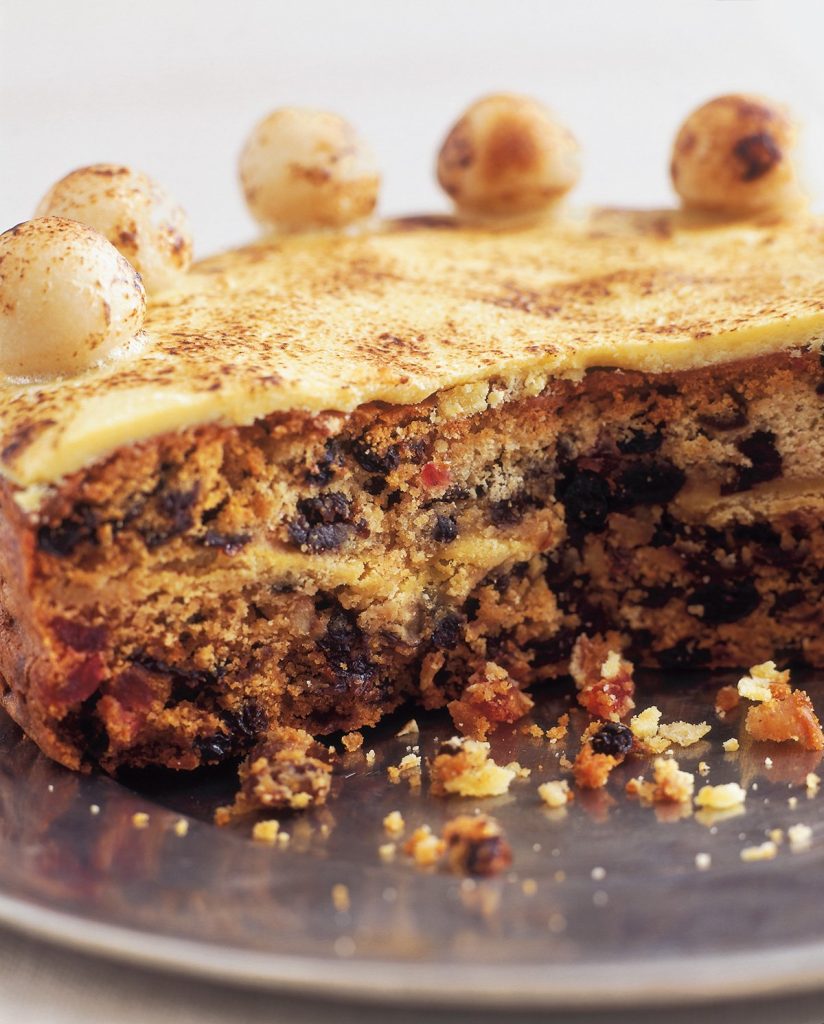
There are lots of traditions associated with Mothering Sunday. One is the tasty sharing of Simnel Cake, a traditional light fruit cake (quite different from the Christmas version!). If you want to try making it, here’s Nigella Lawson’s recipe.
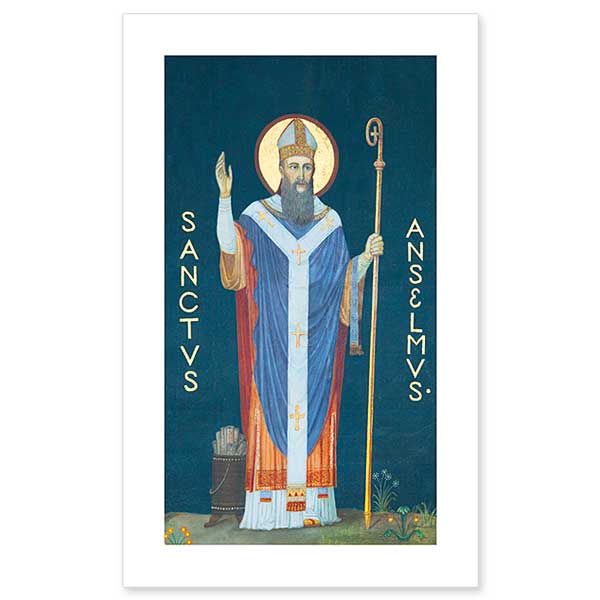
The best reason for continuing to keep Mothering Sunday, though, isn’t about food or flowers. Rather, it’s a celebration of the loving care God has for us in Jesus. There’s a lovely prayer from St. Anselm (the Archbishop of Canterbury from 1093 to 1109) that reminds us that God–and God in Jesus Christ!–is like a mother:
Jesus, like a mother you gather your people to you; ♦
A Song of Anselm
you are gentle with us as a mother with her children.
Often you weep over our sins and our pride, ♦
tenderly you draw us from hatred and judgement.
You comfort us in sorrow and bind up our wounds, ♦
in sickness you nurse us, and with pure milk you feed us.
Jesus, by your dying we are born to new life; ♦
by your anguish and labour we come forth in joy.
Despair turns to hope through your sweet goodness; ♦
through your gentleness we find comfort in fear.
Your warmth gives life to the dead, ♦
your touch makes sinners righteous.
Lord Jesus, in your mercy heal us; ♦
in your love and tenderness remake us.
In your compassion bring grace and forgiveness, ♦
for the beauty of heaven may your love prepare us.
Every blessing on Mothering Sunday!
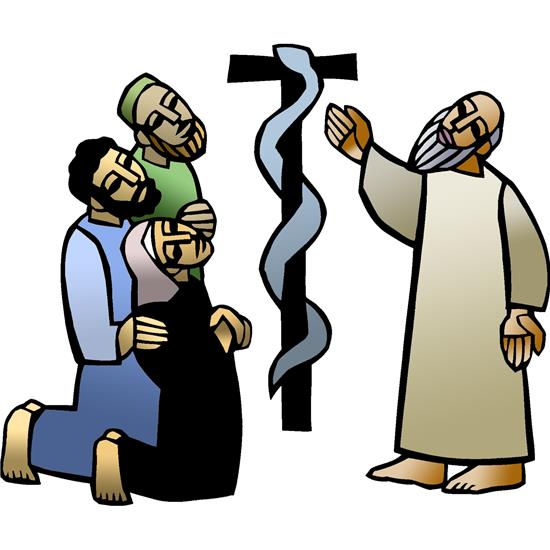
Here at the Nativity, the readings we will hear remind us of these truths in a slightly different way. Here’s what Sundays and Seasons says about the passages we’ll proclaim.
The fourth of the Old Testament promises providing a baptismal lens this Lent is the promise God makes to Moses: those who look on the bronze serpent will live. In today’s gospel Jesus says he will be lifted up on the cross like the serpent, so that those who look to him in faith will live. When we receive the sign of the cross in baptism, that cross becomes the sign we can look to in faith for healing, for restored relationship to God, for hope when we are dying.
